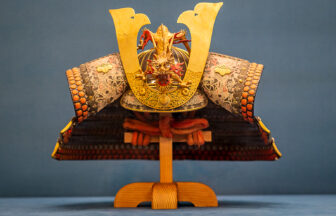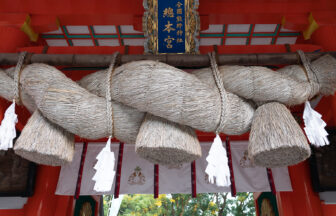The Tokyo National Museum (TNM) is an ideal place to see Japanese traditional culture and history. I often take my guests to this large museum because it is located in the Ueno-park where there are not only museums but also the Ueno Zoo.
1. General
The TNM was established in 1872, as the first museum in Japan. Today TMN collects, conserves, and exhibits artworks, archaeological artifacts, and other cultural properties from Japan and other regions of Asia.
The TNM collection comprises approximately 117,000 objects, including 89 National Treasures and 643 Important Cultural Properties, making it the most significant collection in Japan in terms of both quantity and quality. About 3000 of these objects are on display in the regular exhibitions.
2. Galleries


The TNM consists of several galleries as follows.
Honkan (Japanese Gallery) (*The left picture)
Toyokan (Asian Gallery)
Heiseikan: Japanese Archaeology and Special Exhibitions
The Gallery of Horyuji Treasures
Hyokeikan (*The right picture)
Others (Museum garden and teahouses, Research and Information center)
If you have only a short time, I recommend you visit the Honkan, because there are the most popular items. On the 2nd floor, you can see an overview of Japanese art from ancient times to the 19th century. The 1st floor galleries are organized by genre.
3. Samples of the collections
(1) Buddhist sculptures


These old Buddhist sculptures were beautifully created to be worshipped by all people. I am always impressed by the high quality of its design and technology used. It is interesting to know the background history as follows.
In the 6th century, Japan’s leaders transformed their society by adopting Buddhism and other foreign cultures and practices. In the Asuka period (593–710), people from the Korean Peninsula brought advanced knowledge to Japan such as technology, artistic traditions, and Buddhist teachings. Under the leadership of the emperor, Buddhism began to flourish as temples were built and sacred images created.
The beliefs and arts of Buddhism became more diverse over time. In the Heian period (794–1192), the emperor and court nobility practiced and supported Buddhism. They used their vast wealth to build temples and create images for worship.
(2) Paintings


These were created from 16th to 19th century. The paintings were not just for looking at. Folding screens could be placed anywhere to create private spaces, reduce draftiness, or hide items from view. Sometimes artisans decorated the paintings with gold leaf, which reflected light and helped to brighten dim interiors.
A painting could also change the mood of a room. Ones with bright colors and gold leaf might evoke an extravagant feel. The subject matter and style of a painting could also reflect the formality of a room, the current season, and the tastes of the owner.
(3) Samurai swords


Samurai swords were renowned for the craftsmanship which produced strong yet flexible curved steel blades with a single, super-sharp cutting edge.
The samurai ruled Japan for nearly 700 years, from the late 12th to the 19th century. Wishing for divine protection in this life and salvation in the next, samurai worshipped both Shinto and Buddhist deities. The culture of the samurai was complex and ever–changing, but always reflected their authority as the warrior class of Japan.
The most prominent symbols of samurai authority were swords and armors. Differences in shape and construction reflected differences in rank and social standing. Many samurai passed down this equipment as heirlooms, while high–ranking samurai exchanged it as diplomatic gifts. Swords and armor were also donated to Buddhist temples and Shinto shrines in prayer for victory in battle.
4. Tips to enjoy
(1) Museum shop
It is a good place to buy souvenirs such as t-shirts, mugs, stationery, ukiyo-e prints, postcards, fans, and other items.
(2) A rest area on the basement of the Honkan
There are toilets and sofas. You can buy various beverages and ice creams from vending machines.
(3) Restaurants
There are two restaurants where you can enjoy meals and beverages.
Hotel Okura Yurinoki / 1st floor, Toyokan
Hotel Okura Garden Terrace / 1st floor, The Gallery of Horyuji Treasures
5. Others
(1) Hours
9:30~17:00 (Closed on Monday)
(2) Admissions
Adults: 1,000 yen
University Students: 500 yen
High/Junior High/Elementary School Students and persons under 18 and over 70: Free
(3) Access
– (JR Line) 10 minutes’ walk from Ueno or Uguisudani Station
– (Ginza or Hibiya Tokyo Metro Line) 15 minutes’ walk from Ueno Station
– (Chiyoda Tokyo Metro Line) 15 minutes’ walk from Nezu Station
– (Keisei Line) 15 minutes’ walk from Keisei Ueno Station
6. Reference
(1) The guide map of the Tokyo National Museum
(2) The website of the Tokyo National Museum
■ Contact
If you want to feedback to the author “Eddy Murayama”, please fill in the form below:











